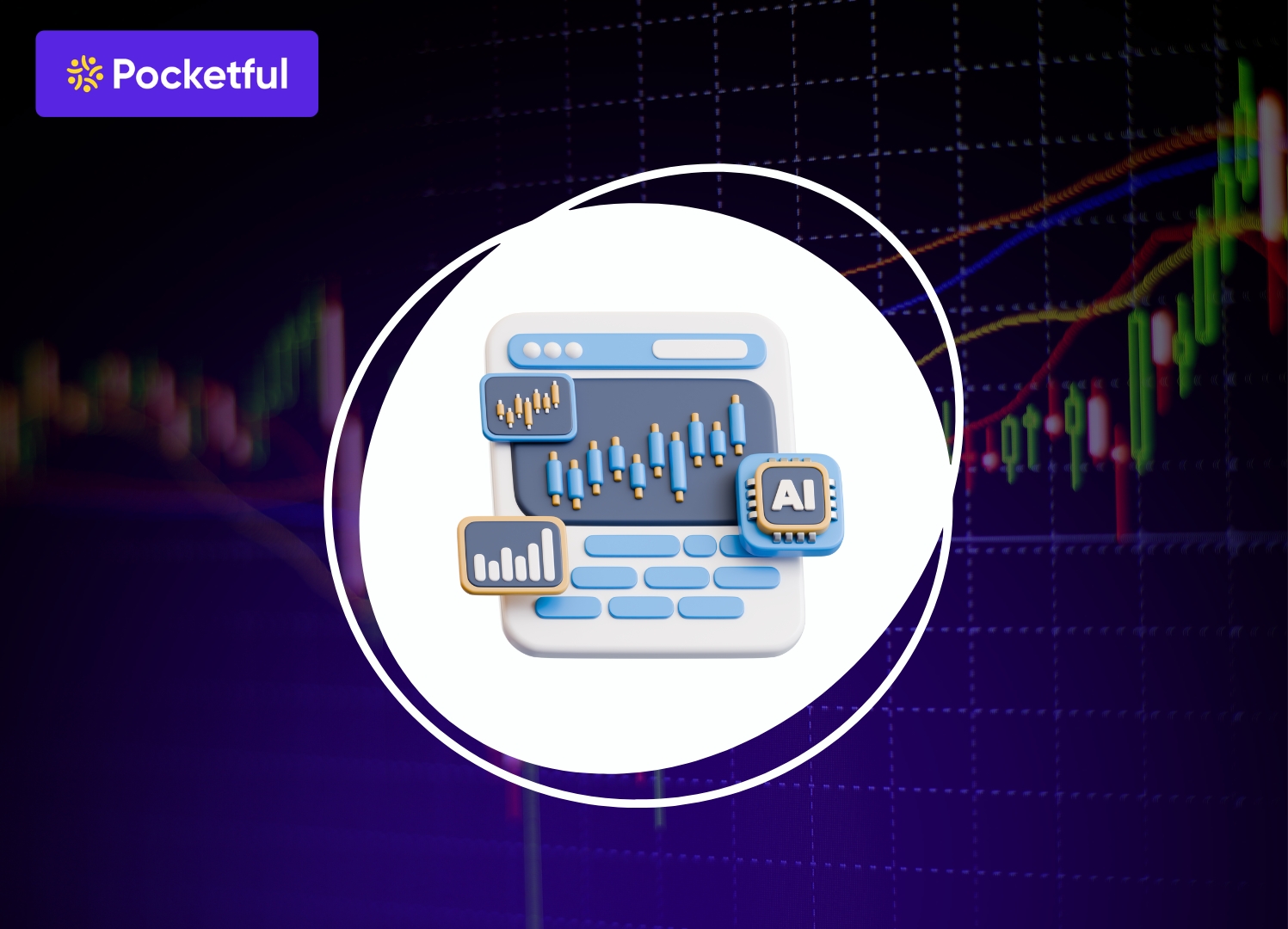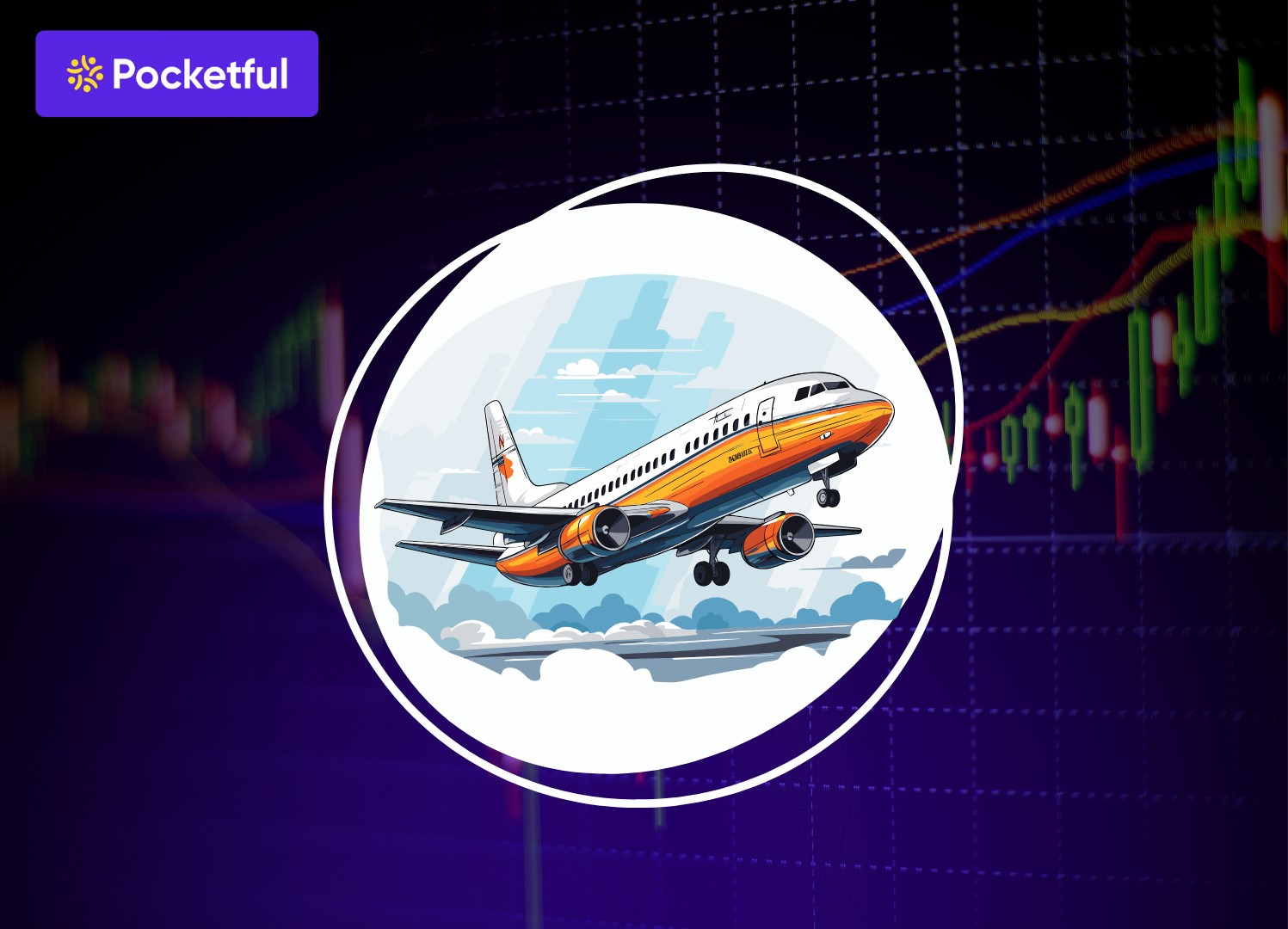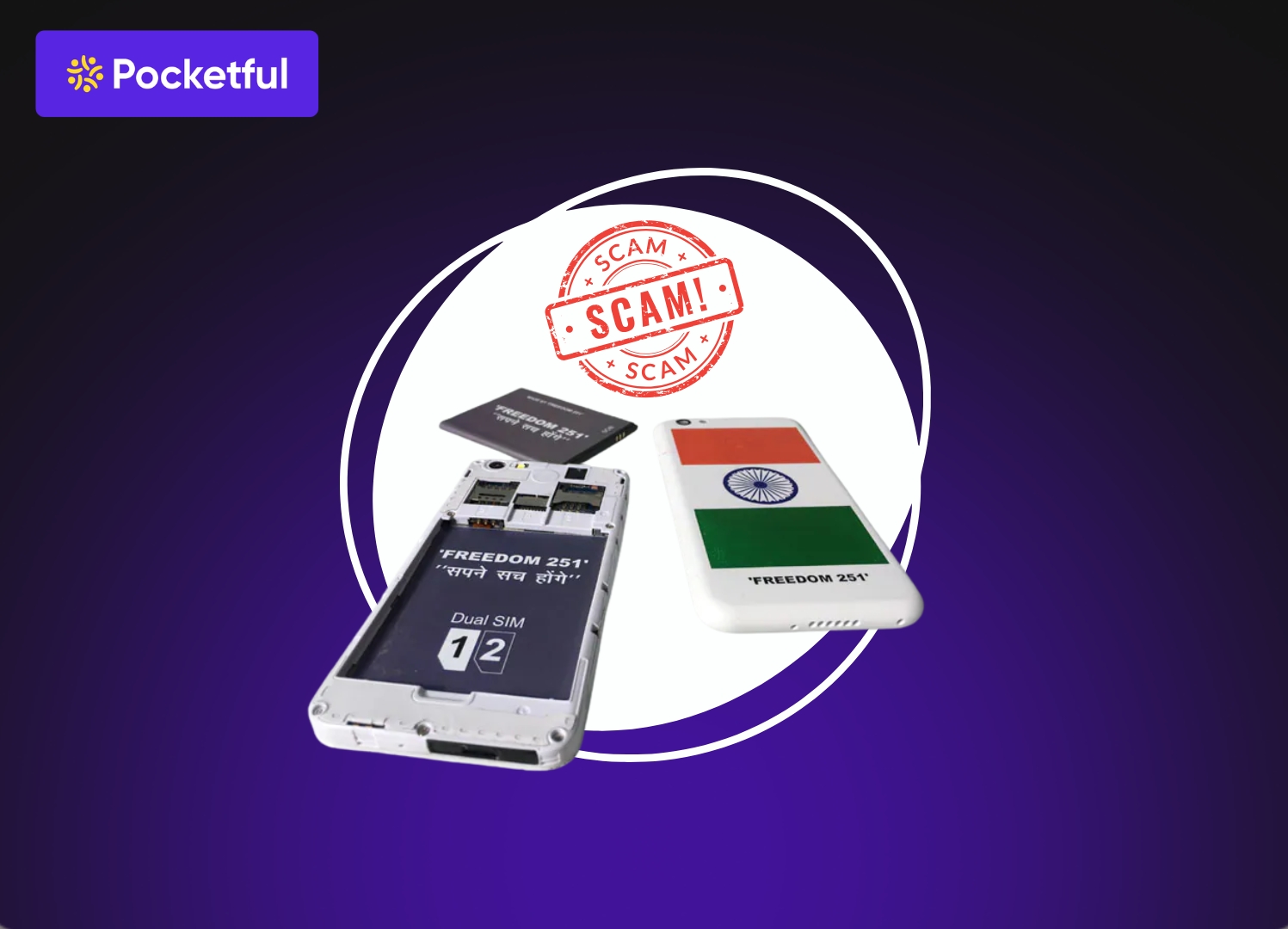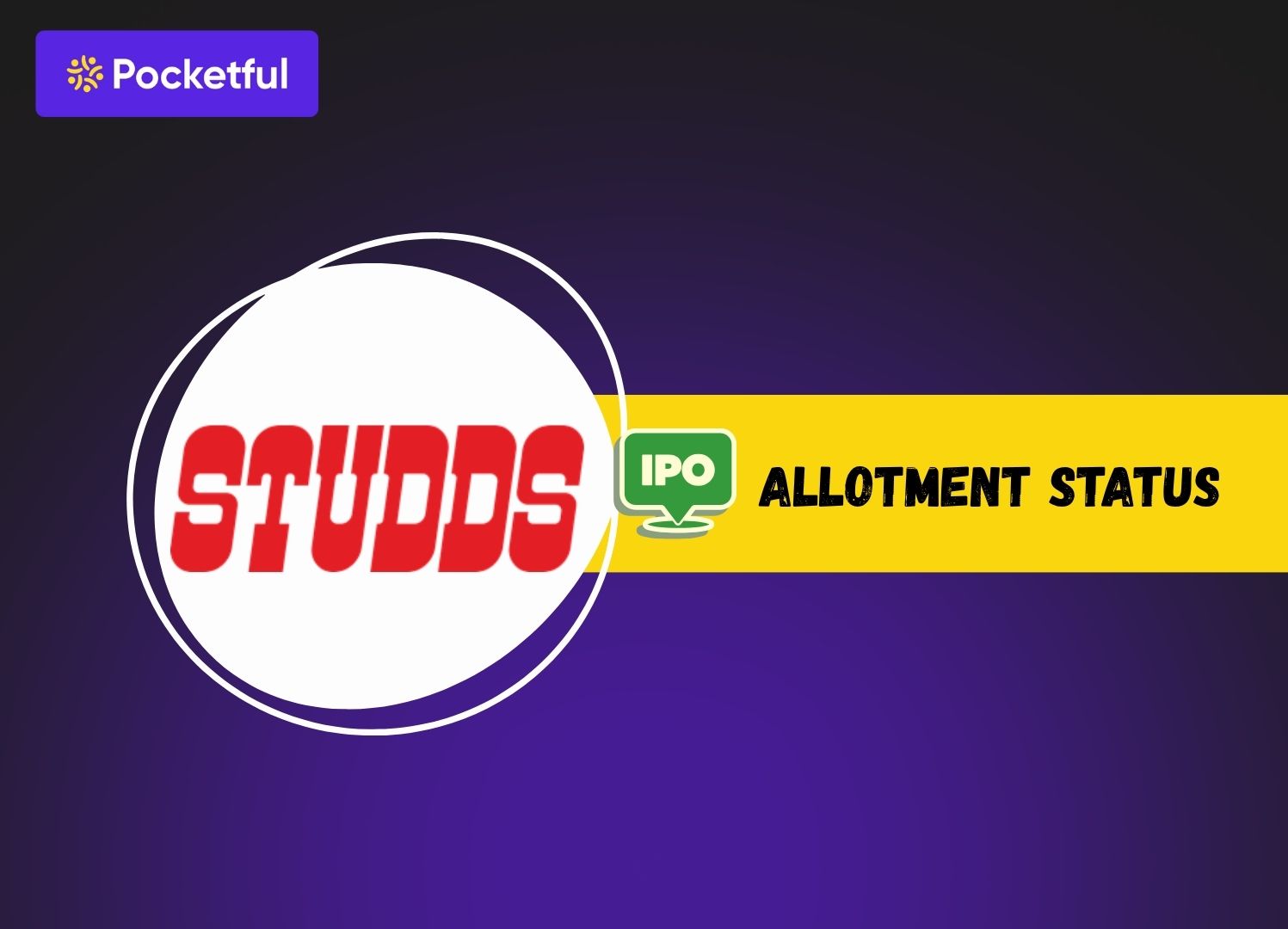Investment in the stock market includes numerous costs ranging from brokerage charges to statutory taxes. But with the rise of discount brokers, this brokerage cost has been reduced significantly, as it helps various investors to participate in the capital market.
In today’s blog post, we will give you an overview of the top 10 discount broker, along with their key features.
What is a Discount Broker?
A discount broker is a brokerage firm that offers investors and traders to buy and sell different securities, such as shares, bonds, ETFs, etc, on the stock exchange. They charge comparatively lower fees than a full-service broker. Their primary focus is on providing execution only platforms.
Top 10 Discount Brokers in India
- Pocketful
- Zerodha
- Groww
- Angel One
- Fyers
- 5Paisa
- Shoonya by Finvasia
- Upstox
- m.Stock
- Dhan
Overview of the Top 10 Best Discount Brokers in India
1. Pocketful
Pocketful is an emerging discount broking platform launched by brothers Sarvam and Rishabh Goel under Pace Stock Broking. Backed by more than three decades of industry expertise, it is quickly positioning itself as a growing player in the stockbroking space. The platform offers a wide range of services, including stock and commodity broking, along with zero delivery charges, free account opening, and no annual maintenance fees, making it highly attractive for cost-conscious investors.
Key Features:
- Zero Account Opening Charges: There are no account opening charges for opening a demat account with Pocketful.
- Margin Facility: It offers a competitive margin facility to its clients.
- Interest Rate: It offers the lowest interest rate on MTF Trades i.e. 5.99%.
- Free APIs: Pocketful offers free algorithmic trading APIs for tech-savvy investors.
Why choose Pocketful?
Pocketful is a modern, low-cost stock trading platform which is helpful to both new and experienced traders. It doesn’t charge any fees to open an account, an AMC for Demat accounts, and offers free equity delivery trades, which makes it extremely affordable.
2. Zerodha
Zerodha, a major Indian brokerage firm, has made big changes to the country’s online stock trading and investing platform. Nithin and Nikhil Kamath started Zerodha in 2010. In 2019, it became India’s biggest retail stockbroker, with more active clients than any other company. Account maintenance fees, brokerage fees on trades (intraday, F&O), and other services are Zerodha’s primary sources of income.
Key Features:
- Advance Trading Platform: Zerodha offers a robust trading platform for its traders that is equipped with advanced trading tools.
- Low Brokerage: It offers flat fee and discounted brokerage which helps them grow their business rapidly.
- Educational Content: There are various educational content offered by Zerodha to help beginners learn trading.
Why choose Zerodha?
Zerodha is the best broker for thousands of Indian investors because it has an economical brokerage model and cutting-edge technology. It is a great choice for both new and experienced traders.
3. Groww
Groww is an Indian fintech company that makes online stock, mutual fund, and other financial product investing easy and affordable. Groww is a significant player in the discount brokerage industry since it has developed into a full-fledged brokerage service. More experienced traders can benefit from Groww’s features, which include real-time market data, advanced charting with numerous technical indicators, and a portfolio analysis tool to monitor their allocation and performance.
Key Features:
- Centralised Platform: Groww provides IPOs, ETFs, digital gold, US stocks, direct mutual funds, stocks, futures & options (F&O), and more from a single app.
- Paperless Account Opening: Groww offers a digital onboarding process. One can easily open their account online.
- Calculators: Groww offers numerous tools for financial calculation, including SIP, lump sum, etc., calculators.
Why choose Groww?
Groww trading platform is a great option for today’s investors because of its affordability, along with a simple application. It reduces the entry barrier, especially for new investors, with paperless account opening and no fees for opening a Demat and trading account.
4. Angel One
As a key player in the Indian discount broking industry, Angel One has transformed from a full-service broker to a tech-driven discount broker that provides a range of value-added services in addition to the benefits of a discount brokerage. The Angel One platform’s extensive range of products allows users to diversify their portfolios.
Key Features:
1. Advisory: A rule-based advisory tool is provided by Angel One, which provides research-based recommendations.
2. Advance Charts: It provides intra-day charts, historical data, and a variety of indicators for advanced charting.
3. Multiple Assets: Along with the equity, it also offers investment in mutual funds, commodities, etc.
Why choose Angel?
Angel One is a great option for both novice and experienced investors due to its attractive combination of affordability, scope, and smart advisory tools. Their advisor tool provides a customized investment recommendation based on the investor’s needs.
5. Fyers
Fyers is a discount brokerage that started in 2016. The name of the company means “Focus Your Energy and Reform the Self.” Fyers is an Indian discount stockbroker that is known for its strong platforms that focus on technology. Fyers has teamed up with TradingView, which is one of the most well-known charting platforms. This gives users access to advanced charting tools, technical indicators, and drawing tools right in the app.
Key Features:
- Low Cost: The services offered by Fyers are very low compared to other full-time brokers.
- Learning: It also offers learning for the investor through its “School of Stock” course on the stock market.
Why choose Fyers?
Traders and investors who want a tech-savvy, low-cost broker should definitely consider FYERS. The platform was made in-house and has a lot of features, like advanced charting tools (more than 100 indicators), the ability to change orders on a chart or by dragging and dropping them, and access to historical and intraday data.
6. 5Paisa
One of India’s first flat-fee brokers, 5paisa Capital Limited, was established in 2016, and its headquarters are located in Mumbai. It was supported by the IIFL (India Infoline Group) and offers a range of online financial services. In 2017, 5paisa went public on the BSE and NSE following its separation from its parent company, IIFL. As a complete investment platform, it has expanded over time to encompass mutual funds, insurance, digital gold, loans, and robo-advisory in addition to stock trading.
Key Features:
- Low Brokerage: 5Paisa offers low and flat fee brokerage to its clients, along with other additional benefits.
- Wide Range of Products: It offers a diverse range of products, including mutual funds, ETFs, and insurance.
- Research: Along with the discount broking services, it also offers comprehensive research reports on various stocks and commodities.
Why choose 5Paisa
The platform is an all-inclusive platform for investments. It allows you to buy stocks, bonds, mutual funds, insurance, gold, US stocks, and more.
Portfolio analytics tools (like Portfolio Analyser), research support and a quick, paperless account opening process are also helpful for users.
7. Shoonya by Finvasia
Sarvjeet Singh Virk and Tajinder Virk started the Finvasia group in 2009. Shoonya is the group’s discount broking division. In 2016, the group started the first trading platform with no fees. The company offers users a lot of services for no cost, like trading, clearing fees, technology fees, and more.
Key Features:
- Advance Trading Tools: Finvasia allows its investors to use advanced trading tools through their mobile application.
- Mutual Funds: One can easily invest in mutual funds through Finvasia.
- Zero Account Opening: There are no account opening charges for opening a demat account with Finvasia.
Why choose Finvasia?
Finvasia’s Shoonya platform stands out because it offers zero brokerage on equity delivery trades, while futures and options and currency trades are charged at ₹5 per trade or 0.03% of the trade value, whichever is lower, which makes trading much cheaper for investors. Shoonya is one of the few brokers that lets traders use algo-trading or APIs for free or with limited restrictions.
8. Upstox
Most people know Upstox as RKSV Securities India Private Limited. It is one of the best trading platforms in India. Ravi Kumar, Raghu Kumar, and Shrini Vishwanath started it in 2009. In 2016, the company changed its name to Upstox to better reflect modern technology. In 2019, CDSL rewarded the company to open 100,000 demat accounts in a month.
Key Features:
- Advance Order: Through the mobile application provided by Upstox, one can execute an advance order, such as GTD, AMO, etc.
- Integration of Tools: Upstox offers integration of an advanced trading API.
- Transparency: They also provide a brokerage calculator tool, which helps in calculating the brokerage which one needs to pay while executing a trade.
Why choose Upstox?
Upstox is an excellent choice for both new and experienced investors because it has low prices, cutting-edge technology, and access to a wide range of securities. All of these things make Upstox a great choice for people who want a low-cost, tech-savvy, and flexible brokerage without giving up tools or options.
9. m.Stock
m.Stock is a part of Mirae Asset Capital Market, which allows you to buy and sell stocks at a lower price. This platform was launched in 2022. Mirae Asset Capital Market is a division of the South Korean financial firm Mirae Asset Financial Group. It has a wide range of products, including stocks, futures, options, ETFs, and more.
Key Features:
- Margin Trading: m.Stock allows its consumers to use a margin trading facility, through which they can fund their investment.
- Comprehensive Product: m.Stock offers their investment a comprehensive range of investment products.
- Advance Trading Platform: They offer an advanced trading platform which offers voice-based search.
Why choose m.Stock
For investors who want to keep trading costs minimal without giving up advanced features, Mirae Asset’s m.Stock is a good choice. Traders have a better trading experience when they use platforms that have advanced charting, option chain analysis, basket orders, voice search, and real-time market data.
10. Dhan
Dhan is a discount broking platform that uses technology and was started in 2021. The company gives traders a margin. The company also has many advanced trading tools available. Through its app, you can also invest directly in a mutual fund. Dhan does not charge any fees to open a demat account.
Key Features:
- Zero Brokerage on Delivery: No charges on equity delivery trades.
- Low-Cost Intraday & MTF: Just ₹20 or 0.03% per order (whichever is lower) for intraday and MTF trades.
- Advanced Trading Tools: Access TradingView & ChartIQ charts, option chain analysis, basket orders, and scanners for smarter trading.
Why Choose Dhan?
Dhan combines zero-cost delivery investing with flat, low brokerage for intraday and margin trades. Along with powerful features like real-time charts, option analytics, and algo-trading via webhooks, it offers a seamless platform suited for both long-term investors and active traders.
Advantages of a Discount Broker
The key advantages of a discount broker are as follows:
- Economical: The low cost is the most important benefit. The majority of discount brokers don’t charge a fee for equity delivery trades and instead charge a flat fee.
- Advance Trading Application: Discount brokers offer platforms like mobile apps and web terminals, which are fast, reliable, and come with advanced charting tools and real-time data.
- Multiple Assets: The discount broking firm offers an application through which one can invest in multiple asset classes, such as commodities, etc.
Limitations of Discount Broking
The key disadvantages of a discount broker are as follows:
- No Recommendations: Discount brokers generally do not give advice or recommendations on any stock. They tend to offer only a trading platform.
- No Offline Support: Discount brokers do not have any local presence, hence are not able to provide offline support.
- Lack of Wealth Management: They do not offer services like wealth management, tax planning, etc.
Read Also: Best Mobile Trading Apps in India
Who should choose a Discount Broker?
The following types of traders can opt for a discount broker:
- Economical Investor: Discount brokers are great for those who want to save money on brokerage fees and don’t need high-end advisory services.
- Tech-Savvy Investor: Investors who are comfortable using mobile apps, web platforms, and advanced charting tools can benefit from using discount broking services.
- DIY Investor: Investors who do not need any advisor services can consider opening a demat account with a discount broker.
Conclusion
On a concluding note, picking the right discount broker can make a big difference in your trading journey, especially when it comes to saving money and getting access to technology-driven platforms. Each broker has its own strengths, such as lifetime zero brokerage, powerful margin facilities, or cutting-edge trading platforms. However, some discount brokers do not offer advisory and research reports. Hence, before choosing a suitable broker, one should consult their investment advisor.
Frequently Asked Questions (FAQs)
Which is the best discount broker in India?
Currently in India, Pocketful is considered the best discount broker, followed by Zerodha.
Is it safe to open a demat account with a discount broker?
Yes, it is absolutely safe to open a demat account with a discount broker, as they are registered with SEBI.
Do discount brokers provide recommendations and advice?
Not all discount brokers provide advisory and recommendations on stocks and other assets. Only some of the discount brokers do this.
Do discount brokers have local offices?
No, discount brokers do not have local offices in multiple cities. They only provide a trading platform and have a central office.
What is the difference between a full-service broker and a discount broker?
A full-service broker offers comprehensive research, financial planning, wealth management, and broking services. Whereas a discount broker only offers brokerage services.










